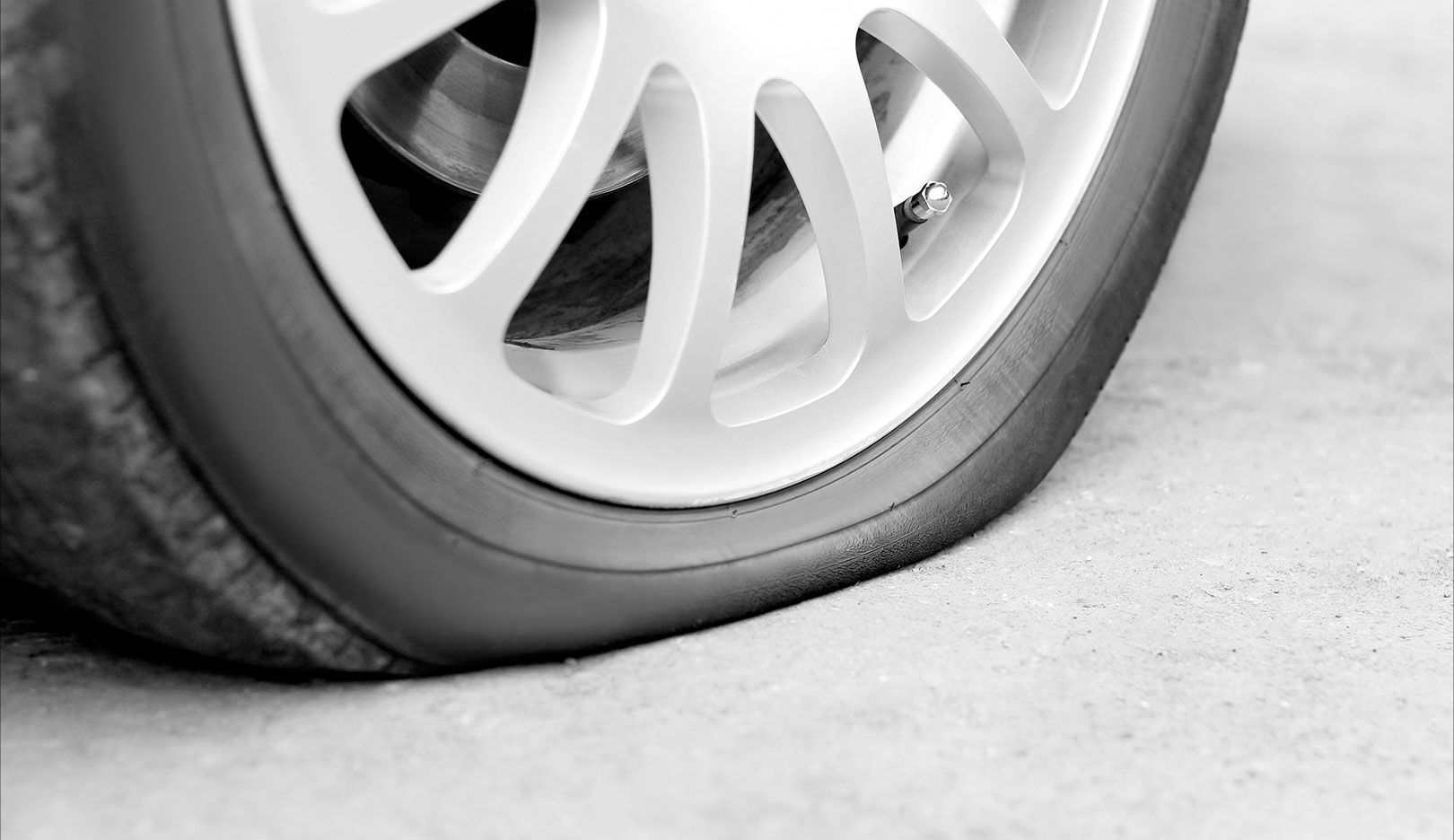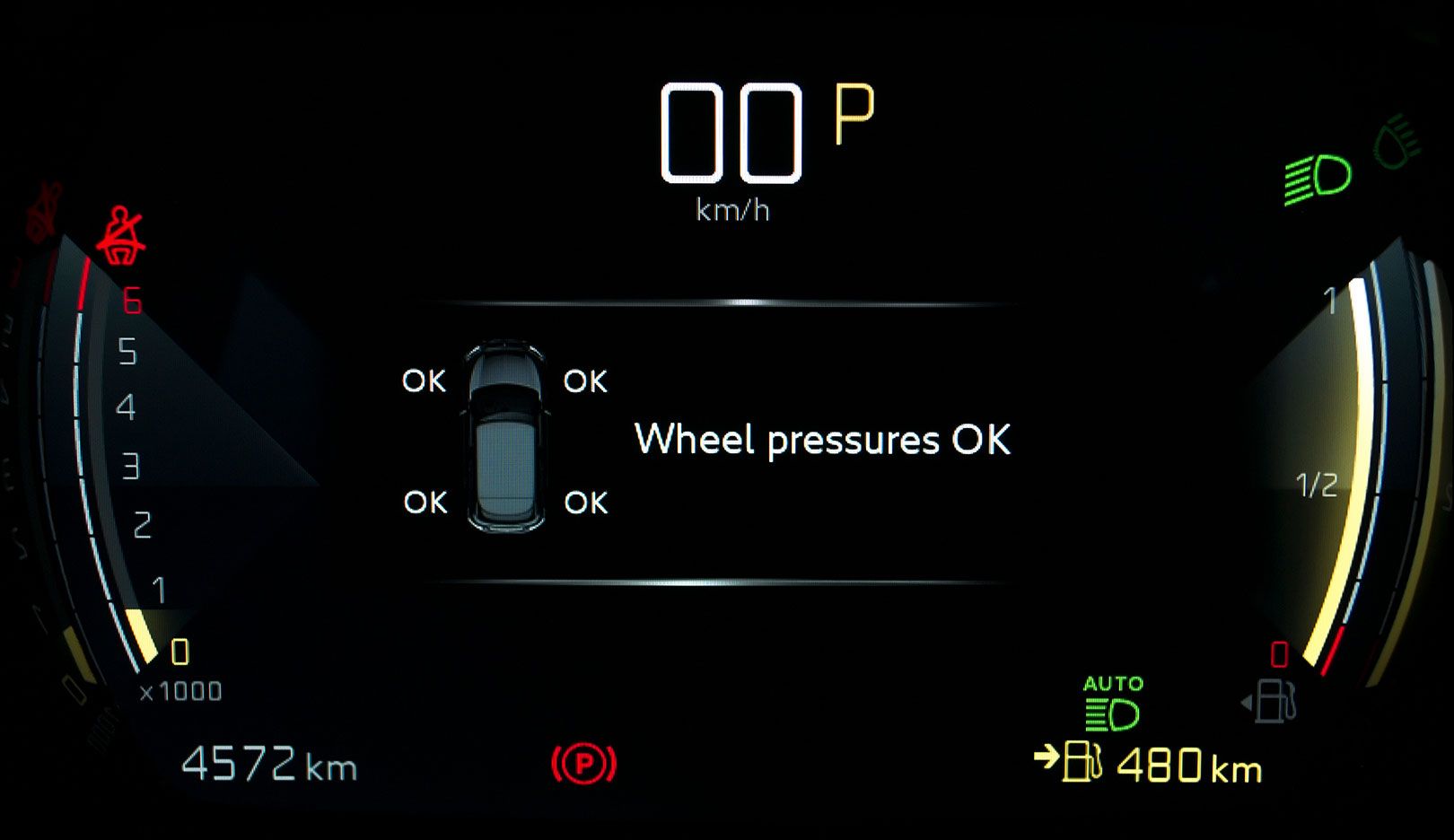Batteryless IoT sensors in Tyre Pressure Monitoring Systems (TPMS)


Among the most popular mainstream IoT applications, Tyre Pressure Monitoring Systems (TPMS) have emerged as a particularly well-received use-case for battery-less IoT sensors. Do they make for safer cars?
Tyres are an underrated but indispensable component of any automobile. The unassuming tyre doesn’t get quite the press it deserves - after all, it is thought to be just a crude piece of rubber shaped like a wheel. In reality, though, tyres are massively important to the safe functioning of any automobile and play a central role in the performance and fuel efficiency of motorised vehicles.
More disconcertingly perhaps, tyres are also directly culpable in a huge chunk of avoidable automobile accidents. While tyres have become substantially more sophisticated over the last few decades, they still require the user to perform periodic maintenance - say, in the form of air checks and the like. Over a large enough sample size, enough of us mess up just enough to cause calamitous outcomes.

The National Highway Traffic Safety Administration reports that up to 11,000 traffic accidents per year are tyre-related. In the year 2016, more than 630 of these accidents resulted in loss of life. It is in this context that tyre pressure monitoring systems have emerged as an IoT application that is immediately relevant and already gaining widespread traction.
IoT everywhere
To understand TPMS in the right context, it is essential that we understand the indispensable role IoT is starting to play in the world around us. IoT technology has made its presence felt in nearly every sector and is only continuing to grow as we speak. Devices aren’t just devices anymore - they are also doorways into the internet - an internet that is no longer restricted to mobile phones and laptops.
The air conditioners, televisions, cars, watches of today are all capable of a heck of a lot more than their yesteryear counterparts.
You see, they are all smart today. Now, what does that mean? For a device to be smart?
It simply means that the device is able to interface with the internet - i.e send and receive packets of valuable information. Information that contributes to a wider range of functionality and increased efficiency. This is an evolution that is taking place across all the major industries of the world. Today, thanks to inexpensive semiconductor chips and vast areas with reliable data coverage, we are witnessing a growing trend towards IoT integration.

The tyre industry is no exception. The high fatality rate associated with under-inflated tyres represents a significant pain point for both the manufacturers and the end users. Recent advances in IoT technology such as energy harvesting and 5G data have made it possible for manufacturers to integrate a smart sensing system into a tyre.
Self-powered, battery-less sensors are integrated into the tyres of an automobile. They monitor vital atmospheric parameters within the tyre and relay this information to the backend in real-time. Alerts would be sent to the user’s phone if the tyres sense that they’re under-inflated. This is how a TPMS works.
In recent years, Tyre Pressure Monitoring Systems - TPMS, have started featuring quite regularly in major manufacturers’ more premium offerings. With connected cars and connected motorcycles starting to enter the market, the automobile industry has shown itself to be particularly keen on IoT integration.
Tyres with TPMS make for a great proposition to both the manufacturer and the end-user. Fewer user-fatalities is understandably an outcome automobile manufacturers are very interested in. And for the user, there’s the obvious benefit that comes with having access to potentially life-saving information at the touch of a button. They are also better for the longevity of your tyres.
Rapidly changing landscape
The IoT space is a rapidly growing, fast-evolving environment that is finally actualising the intense hype and massive investor interest it has generated over the past few years.
Quite a few IoT-based solutions are being offered in this space.
For instance, the massive global popularity of smartphones is being harnessed to provide a platform for the rapid development and promotion of IoT-based tyre pressure monitoring systems (TPMS). These types of systems come with some pretty dramatic advantages - For one, they eliminate the need to manufacture TPMS terminals which dramatically reduces costs. Secondly, they offer solid algorithms that are effective and can be relied upon.
Let’s consider the example of tirematics, an IoT solution developed by Japanese tyre manufacturer Bridgestone. Tirematics is a solution that is especially targeted at commercial vehicles such as buses and trucks. This solution uses novel sensors that are attached to each tyre - they collect and transmit temperature and pressure data in real-time. When an aberration is noted, the system immediately dispatches an alert to the backend. For those who don’t know, the world of fleet management is a manic one and this kind of solution can be invaluable in reducing response times when the inevitable snag comes up. Also, TPMS reduce the frequency of tyre inspections which saves the business valuable cash.

Tyre pressure monitoring systems broadly fall into two major categories - Direct TPMS and indirect TPMS. Direct TPMS uses temperature and pressure sensors installed in the tyres to directly obtain measurements. In indirect TPMS, tyre pressure is monitored using an algorithm. Vehicle speed is estimated using the sensors of a car’s ABS and this data is used by the algorithm to look out for low tyre pressure. Only when the tyre pressure is too low or too high, can the reading be accurate based only on the vehicle’s speed.
The system has a standard set of values against which it measures its readings. When the wheel speed is off when measured against the standard values, the system is able to alert the driver. But this isn’t a really robust solution to the problem that TPMS are aimed at fixing.
Direct TPMS offer the possibility for the user to get first-hand data in real-time. This is possible today, in most part, thanks to the fact that we can manufacture wireless sensors at incredibly low prices and technologies like energy harvesting. Energy harvesting makes for TPMS that don’t need a battery to operate.
Having to change batteries periodically on your tyres just replaces one dreadful chore with another. Quite understandably, everyone’s excited about self-powered sensors - For TPMS, this means that the user has access to all that AI goodness for as long as he’s rolling on those tyres.
A tyre that isn’t asking you to check on its battery health - Now, that’s really a smart tyre.
Batteryless TPMS
Energy harvesting technology is starting to play a pivotal role in the wireless technology of today. Amidst mounting environmental concerns, it is harder for manufacturers to get away with using Lithium-ion button caps to power IoT devices.
If hundreds of billions of ioT devices are going to be battery-based, that makes for a depressingly grim picture, ecologically speaking. In addition to the scary environmental consequences of batteries, there’s the terrible humanitarian cost.
This is why energy harvesting is so exciting - It allows for truly batteryless solutions. These are chips that are 100% self-powered.
Ok batteryless sensors are better for the environment? But are they better for the product?
We have chips today that will run on RF energy or piezo. This means that a chip based on energy harvesting will be 100% off the grid. These chips can be programmed to deal with all kinds of information and their miniscule size means that they can be integrated into a wide range of products.
They can harvest energy from their surroundings and don’t need a battery - this means that your tyre manufacturer can tuck away sensors into your tyre to his heart’s content - they will prove invaluable with the real-time data that they can relay about tyre temperature, pressure etc.
They make a substantial difference when it comes to road safety - Under-inflated tyres are a culprit in a huge number of road traffic accidents. An alert system that sends low-pressure warnings to your smartphone hardly needs selling. Their impact on safety is all the more essential with high-performance vehicles like superbikes and sports cars. In high-performance settings, real time access to how hot your tyre is getting - now that’s a no brainer!
But hey, it’s not all about the safety either - we’re all going to be happier dealing with fewer flat tyres.

The Main Advantages of TPMS
TPMS allow for continuous monitoring of tyre pressure which allows us to respond almost immediately whenever the tyre pressure drops to unsafe levels. This can ensure driver and passenger safety while also reducing the incidence of grievous accidents.
Effective TPM systems can extend the life of your tyres - typically, there’s a lag between your tyre pressure dropping below spec and you noticing and correcting it - over years of use, these periods of low-pressure use add up to a lot of wear and tear on your tyre. Using TPMS allows you to significantly reduce this wear and tear, extending the longevity of your rubber!
You could also ensure better fuel efficiency and better handling for yourself with real-time information from the tyre.












